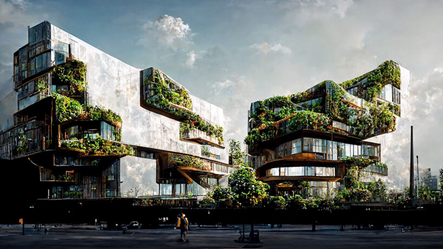This article is a survey of the potential applications of machine learning (colloquially referred to as artificial intelligence / AI) in automating visual analysis tasks for architectural design. AI offers a wide array of tools with potential applications for architecture. In particular, image analysis tools have made enormous strides in recent years, with software capable of recognizing faces, generating images from text, changing the style of one image to another, and much more. Although architecture has a heavy focus on drawings and images, it still struggles to incorporate these tools into everyday practice. Current off-the-shelf solutions are inadequate to incorporate the many parameters involved in understanding an architectural drawing with its combination of text, linework, and shading. On the other end, though architects generate rich data constantly as part of projects, it is rarely standardized enough to form useful datasets that can be compared across projects. This article will compare different types of machine learning models and propose workflows for common architectural design tasks. In all cases, curated datasets will be key to producing acceptable results.
This article originally appeared in Vol 16.01 of the Perkins&Will Research Journal. CLICK HERE to see the whole article.

